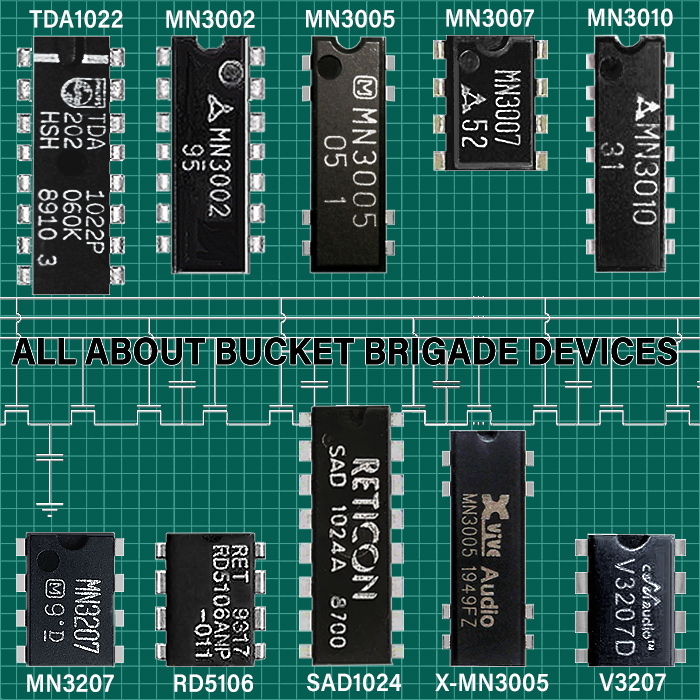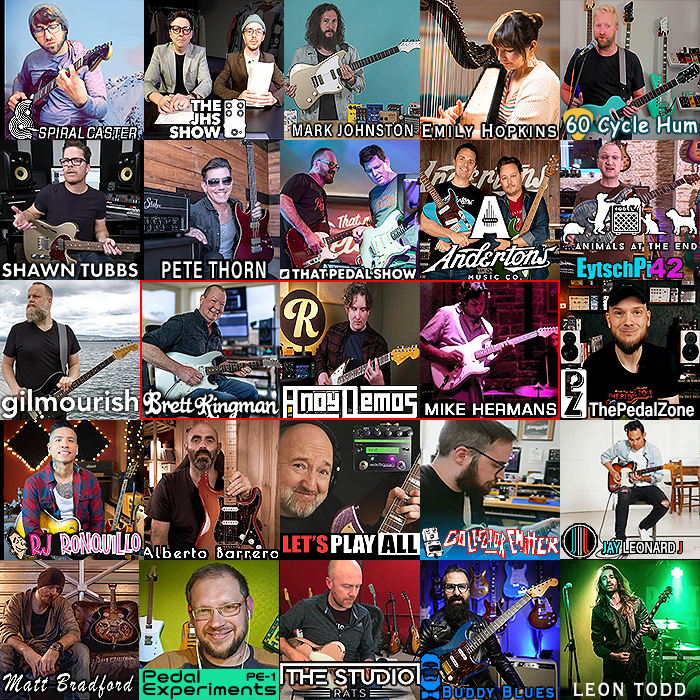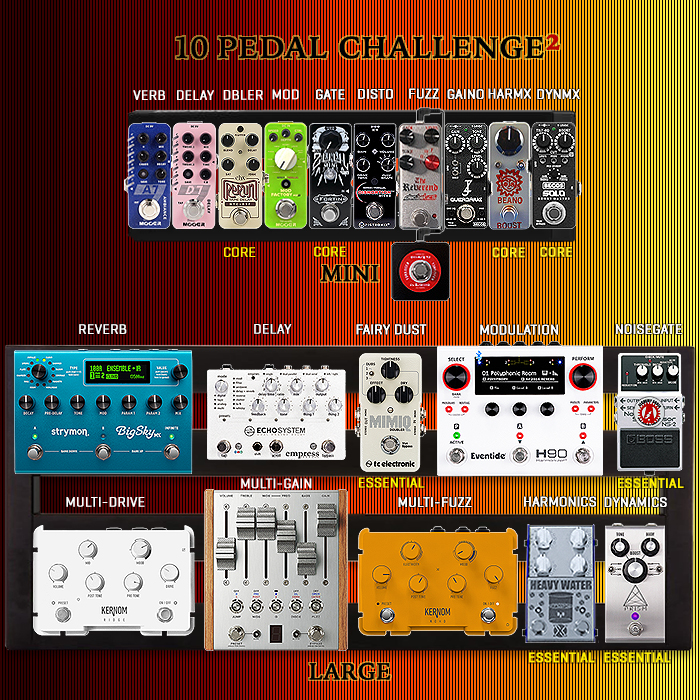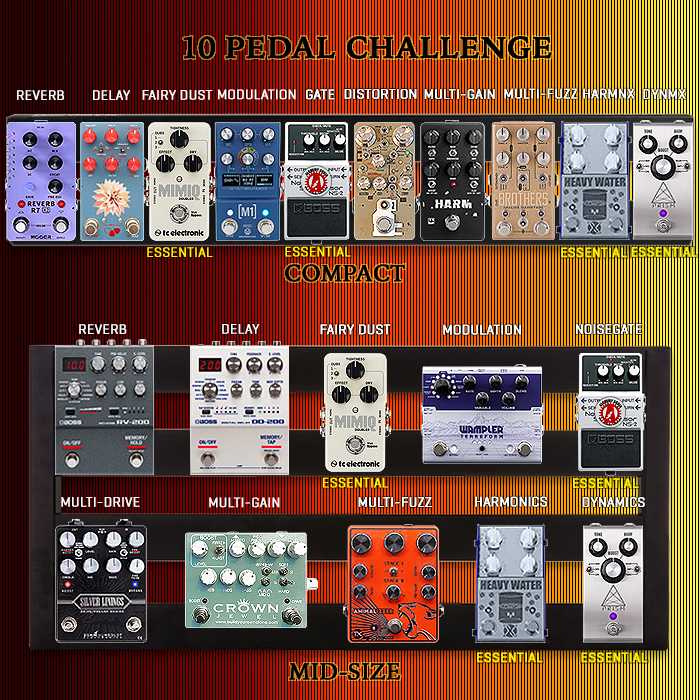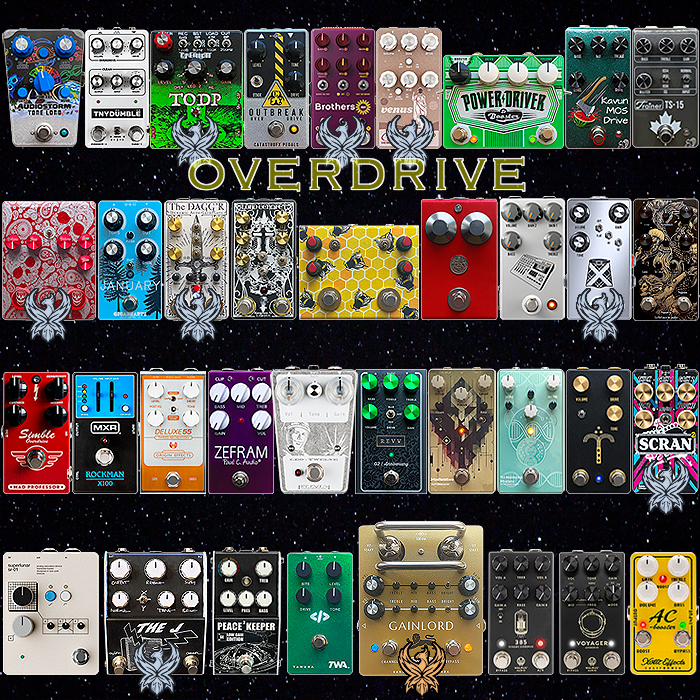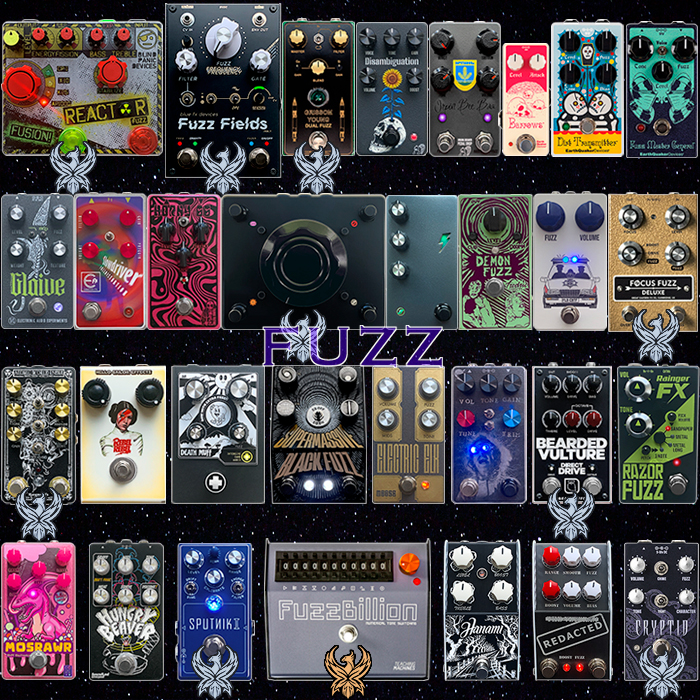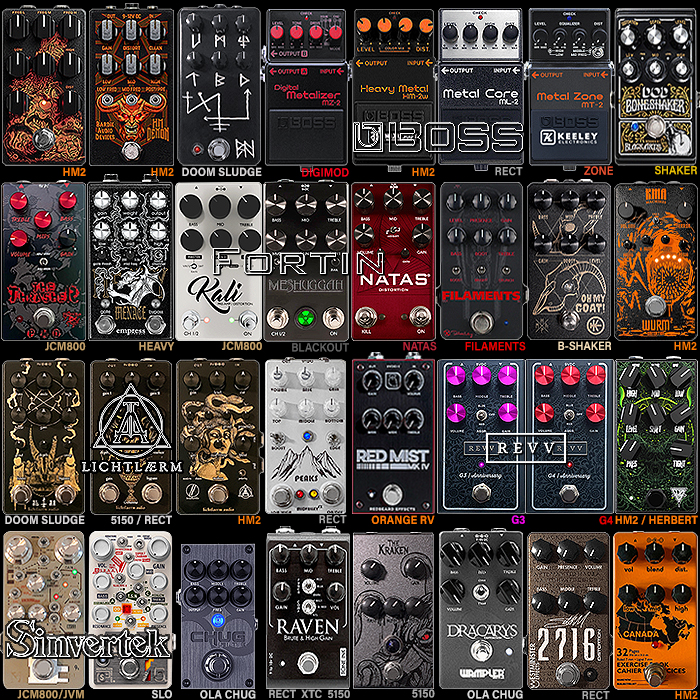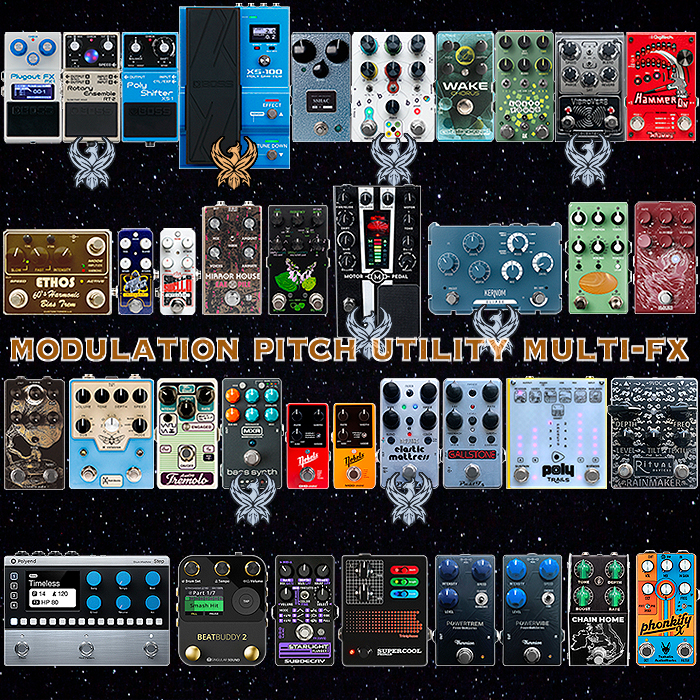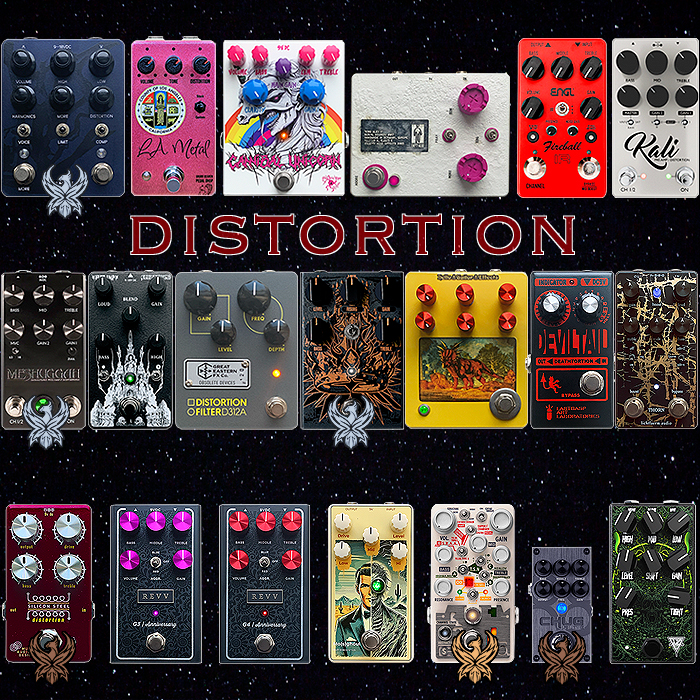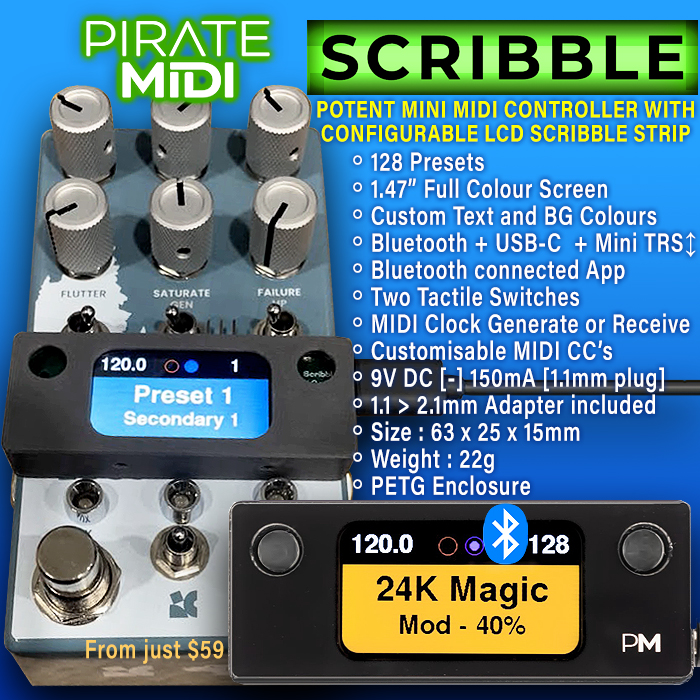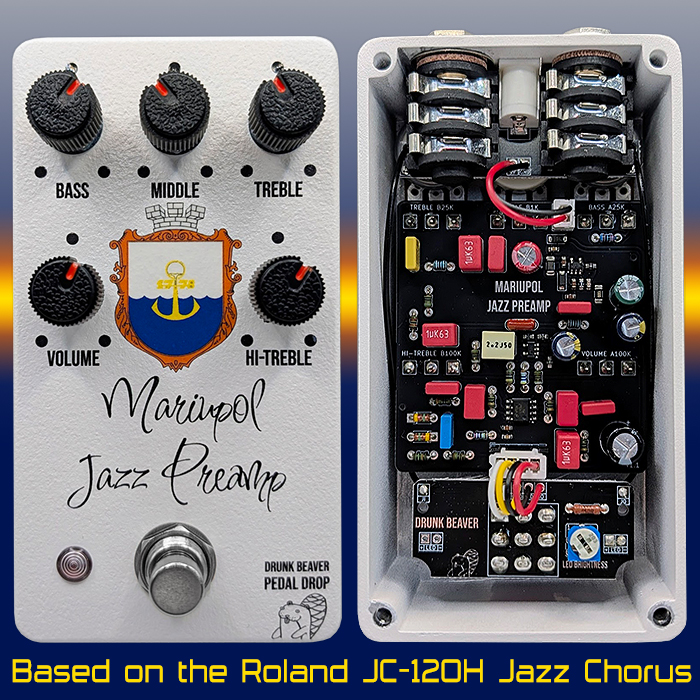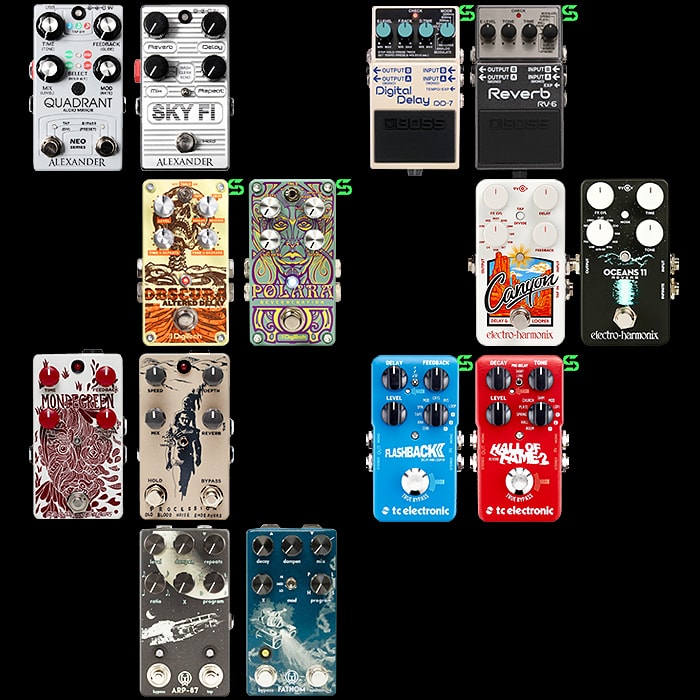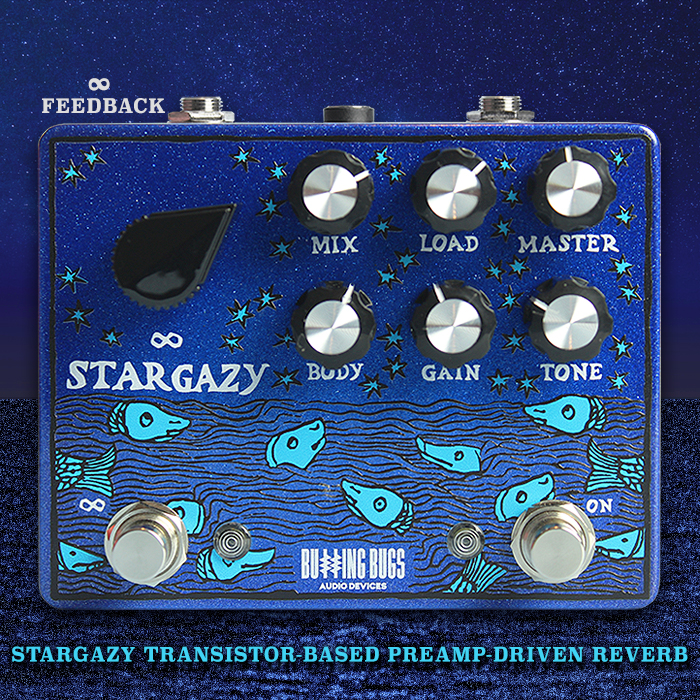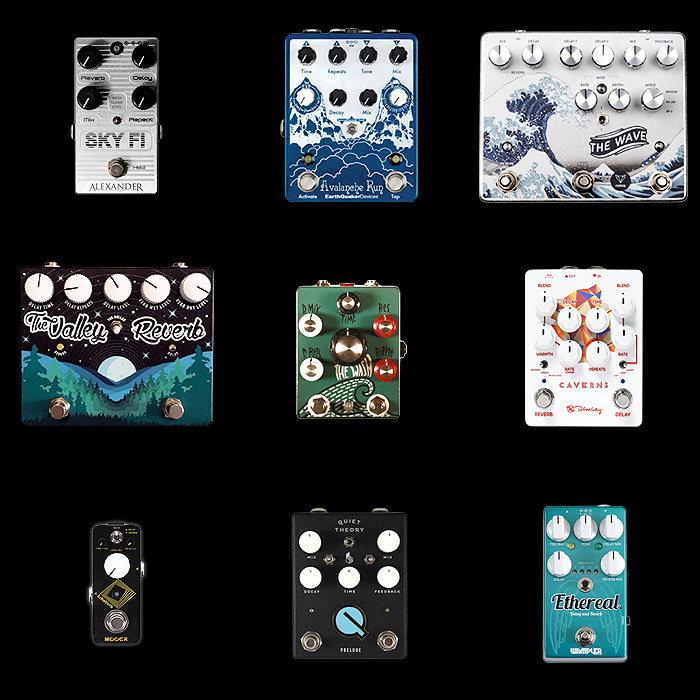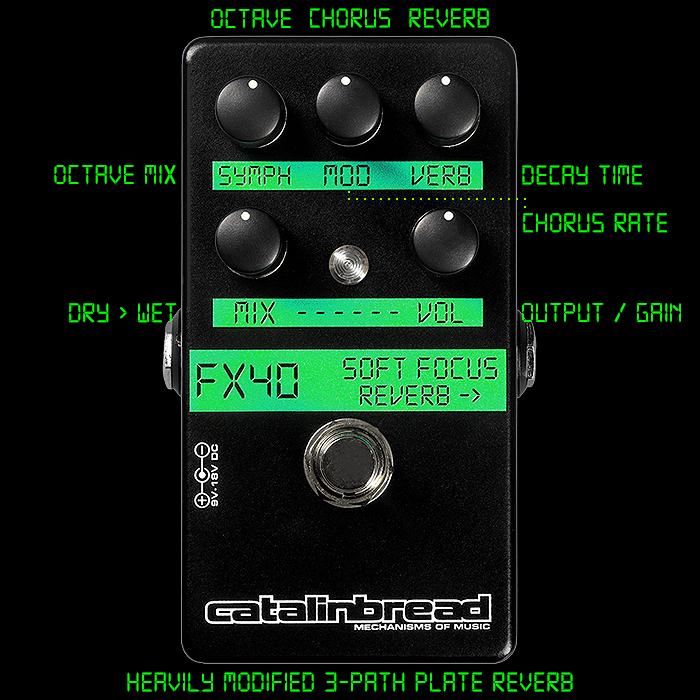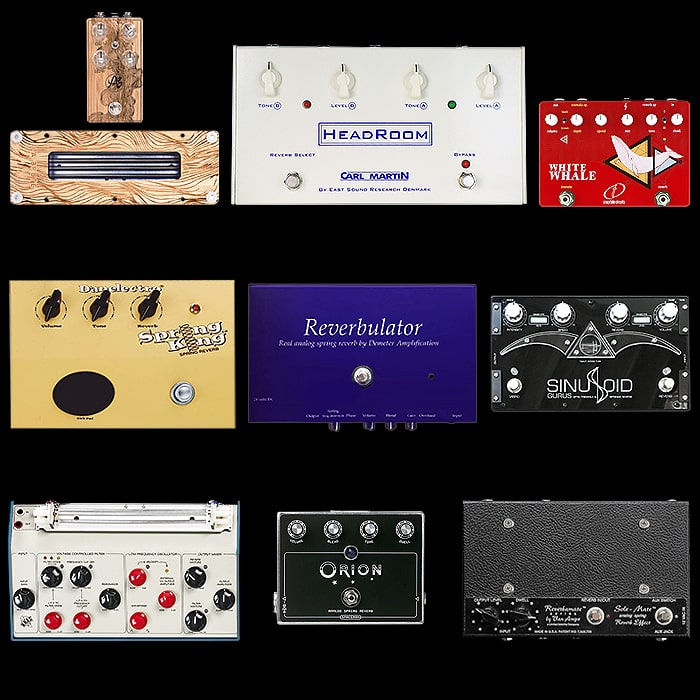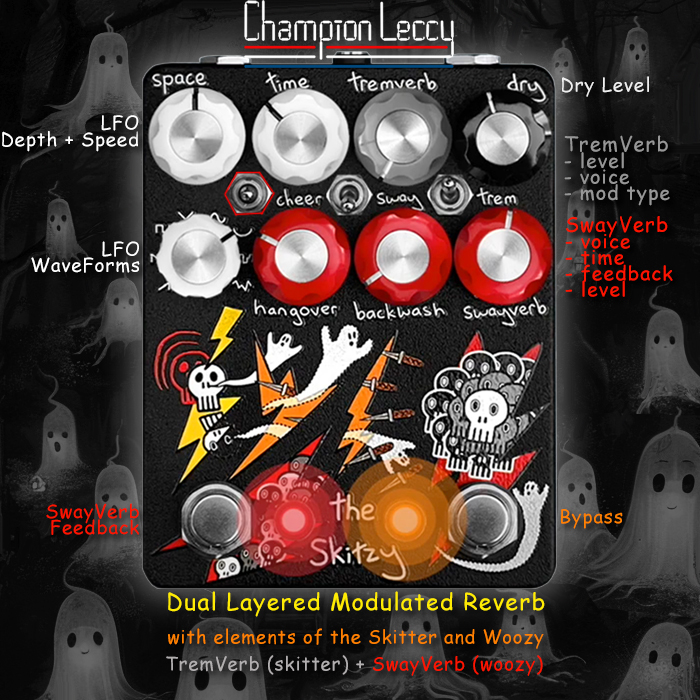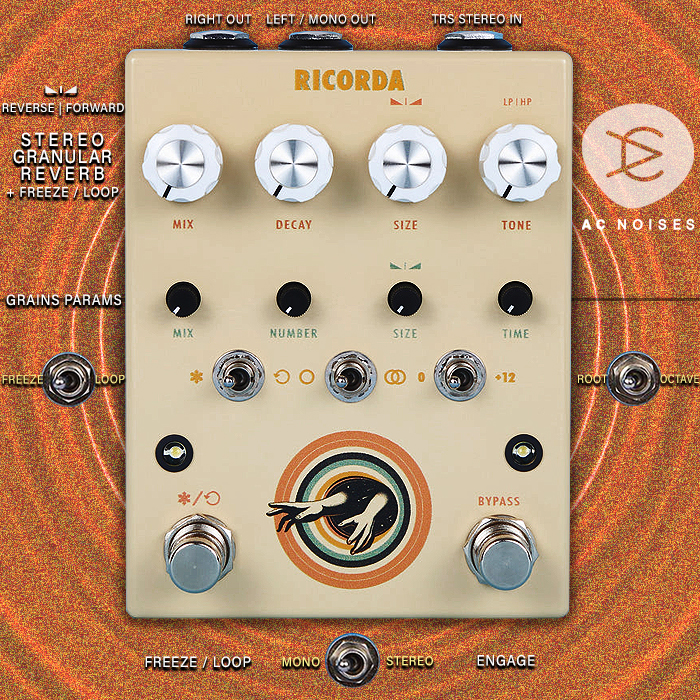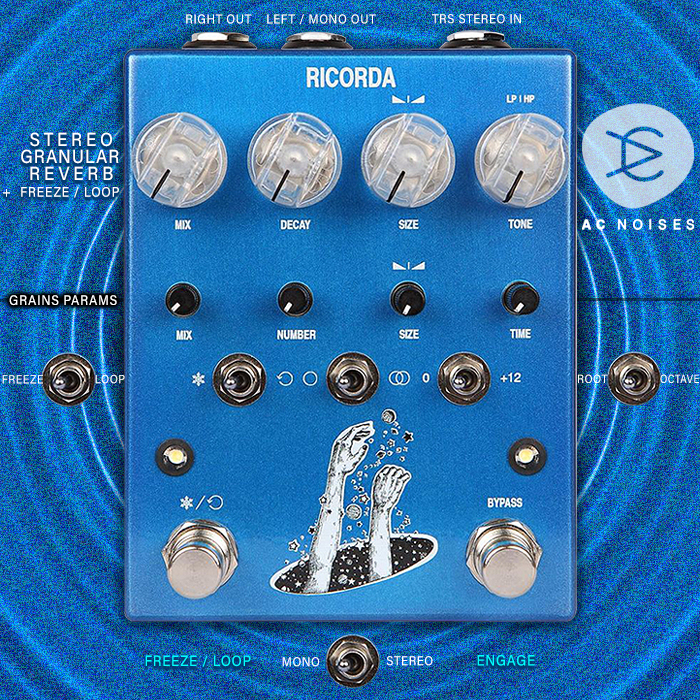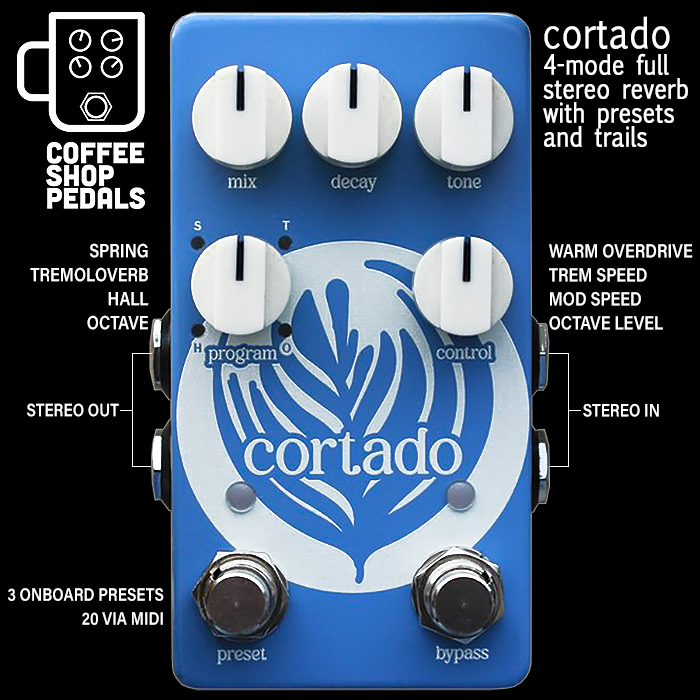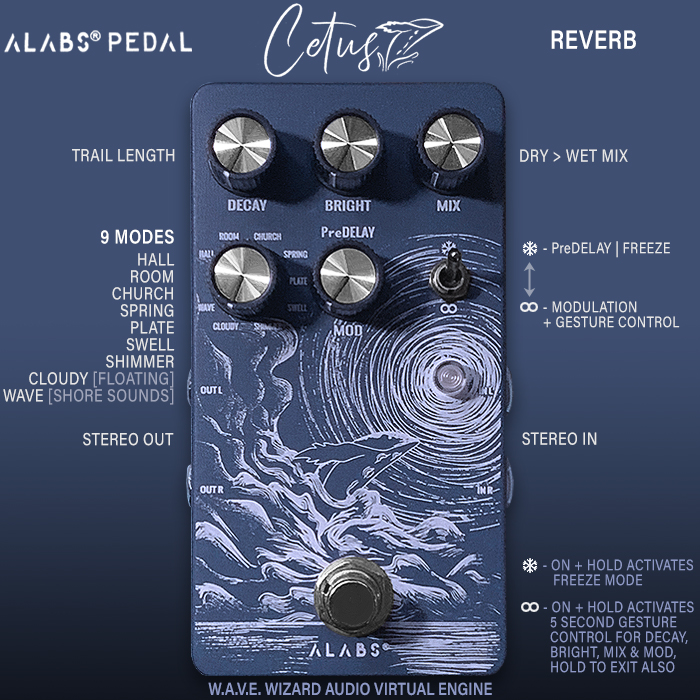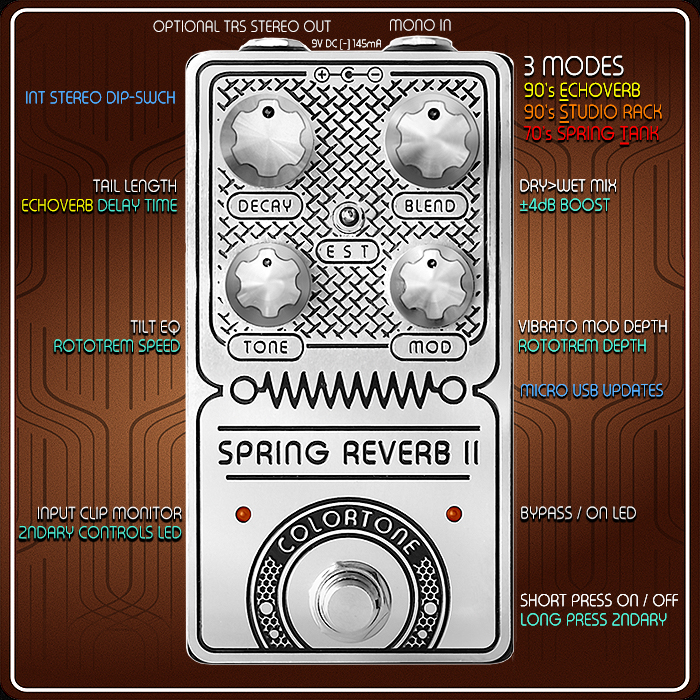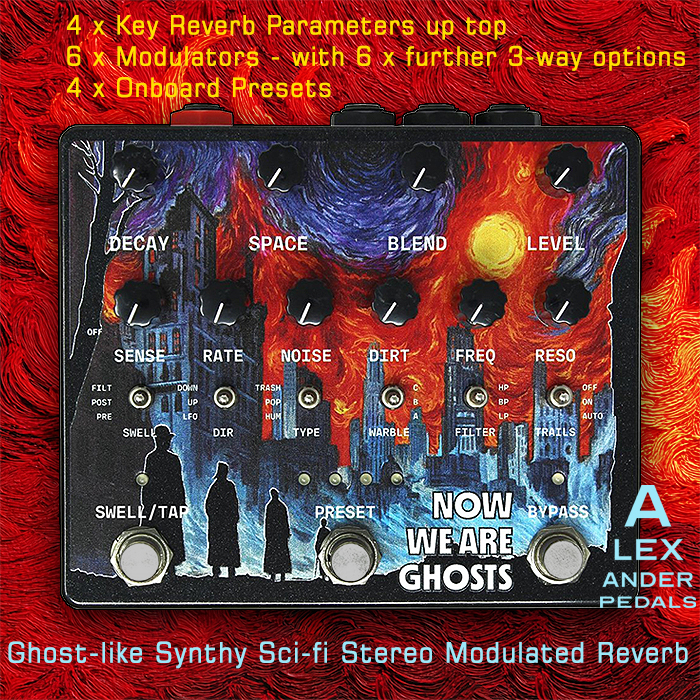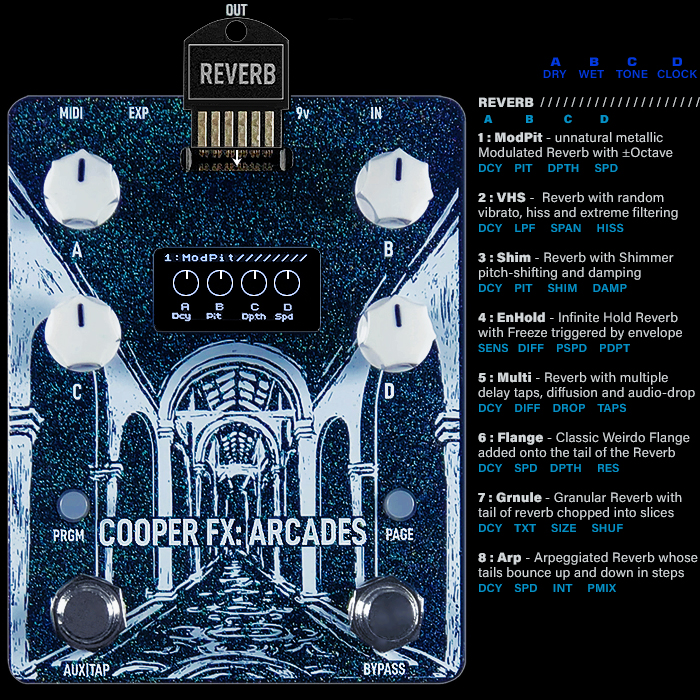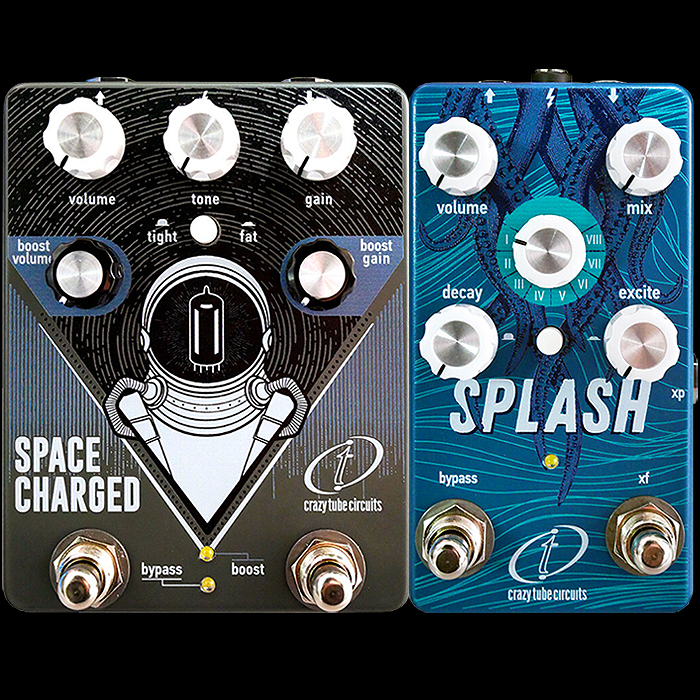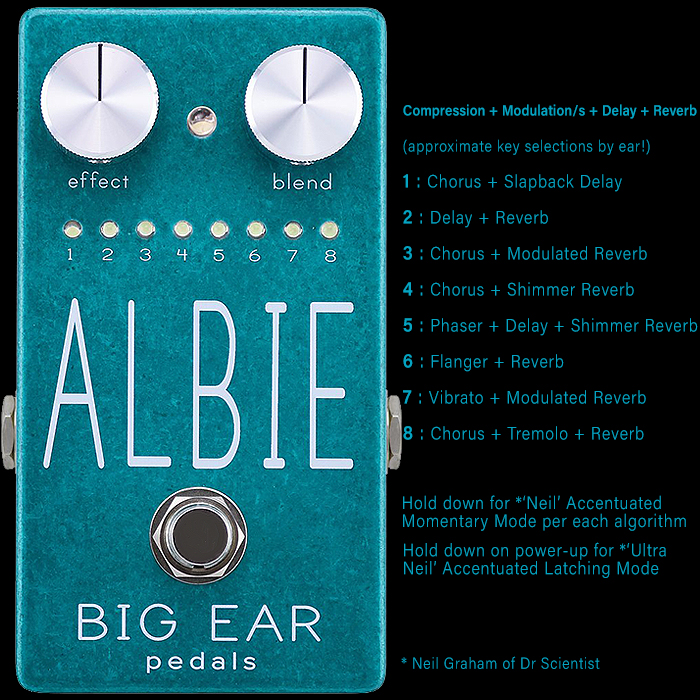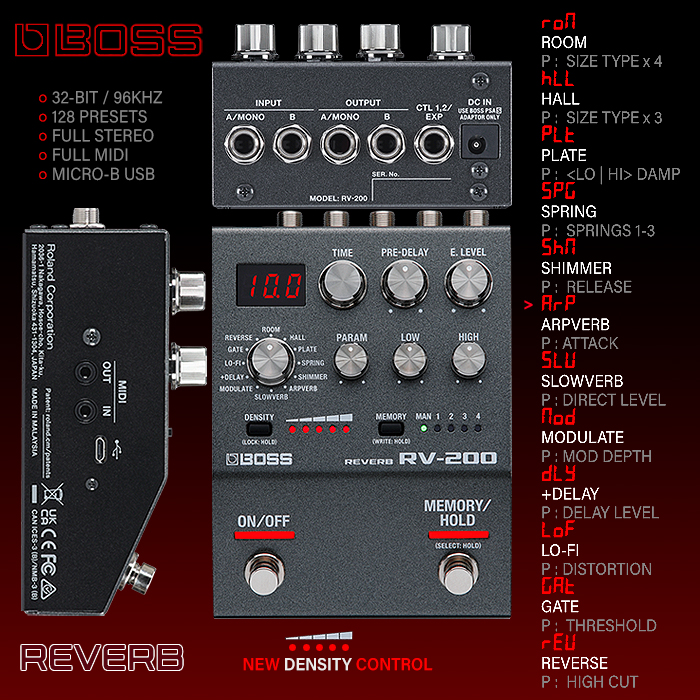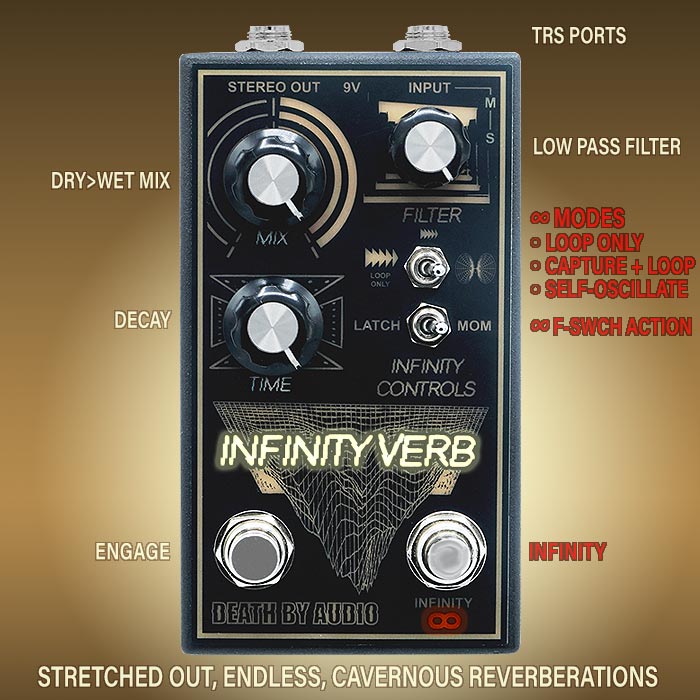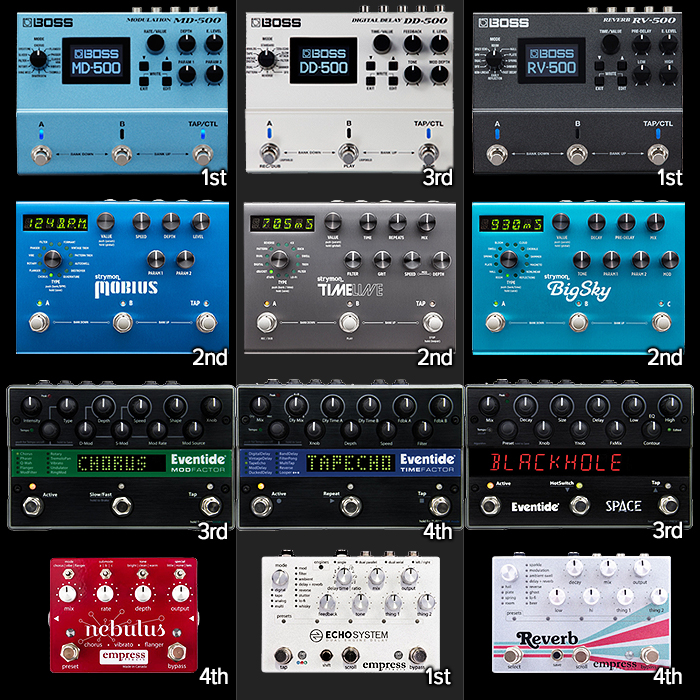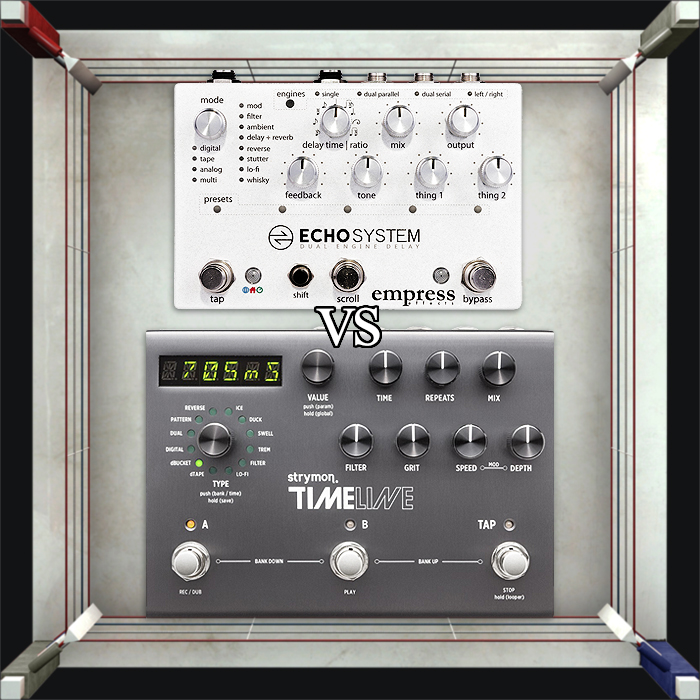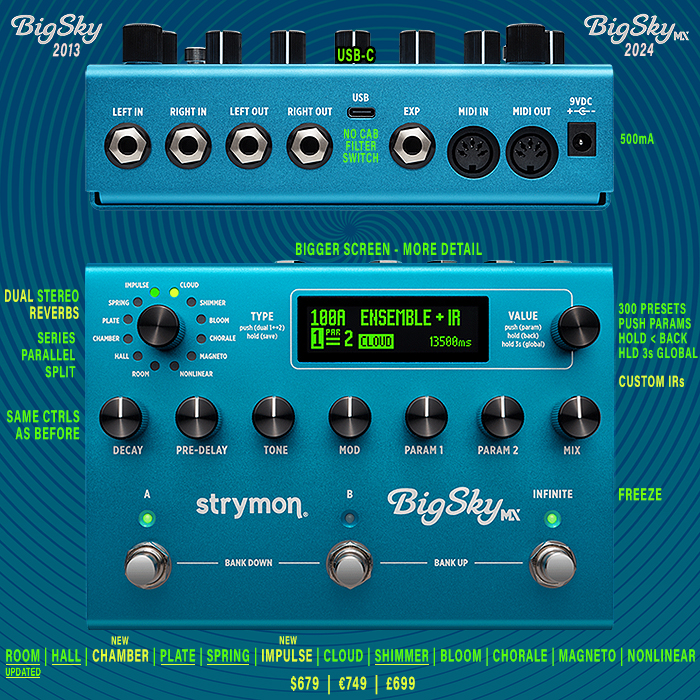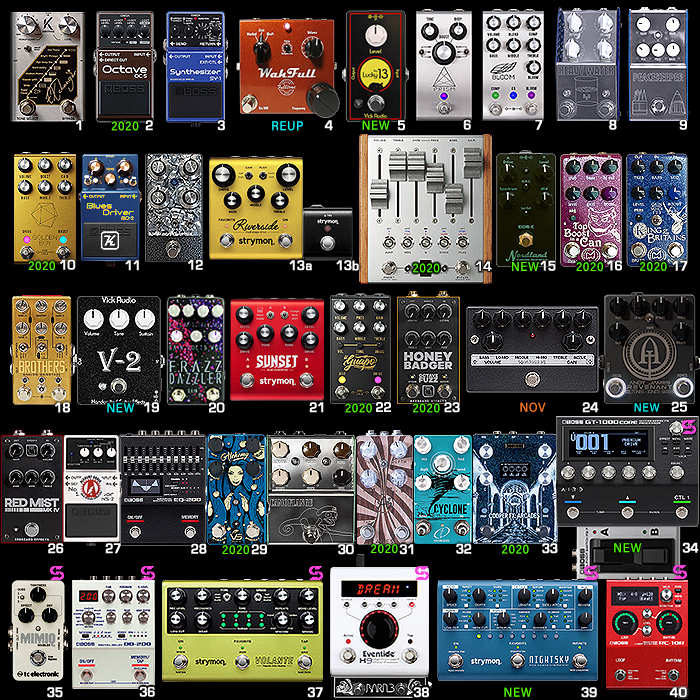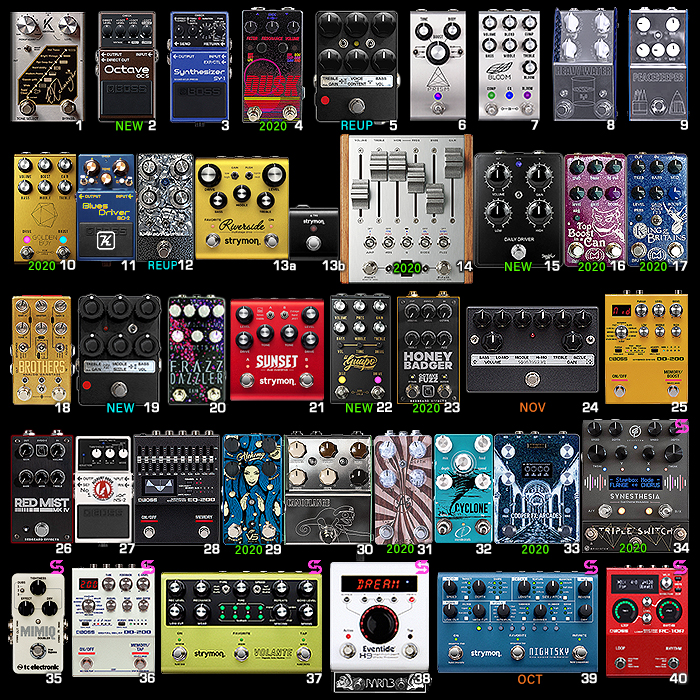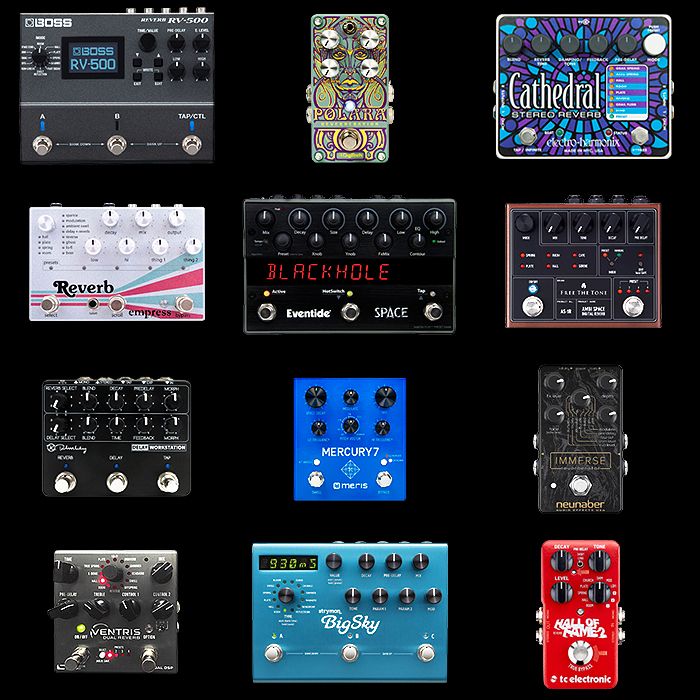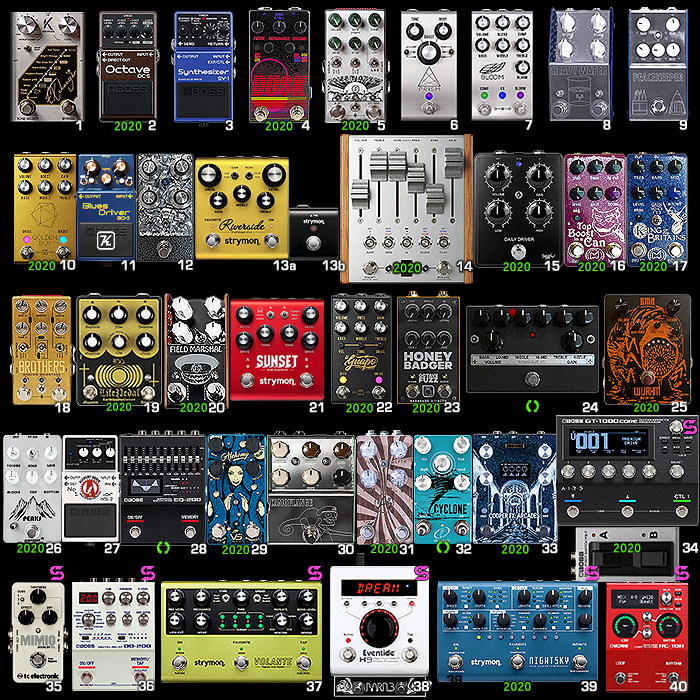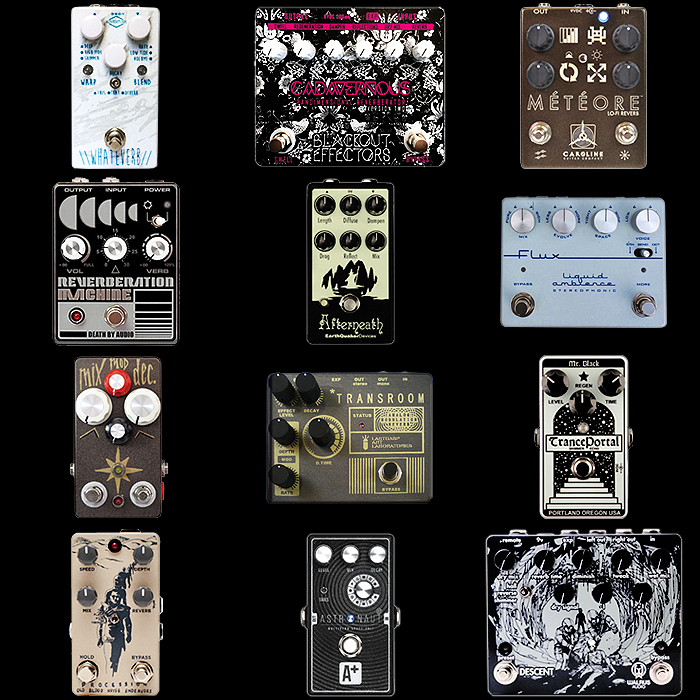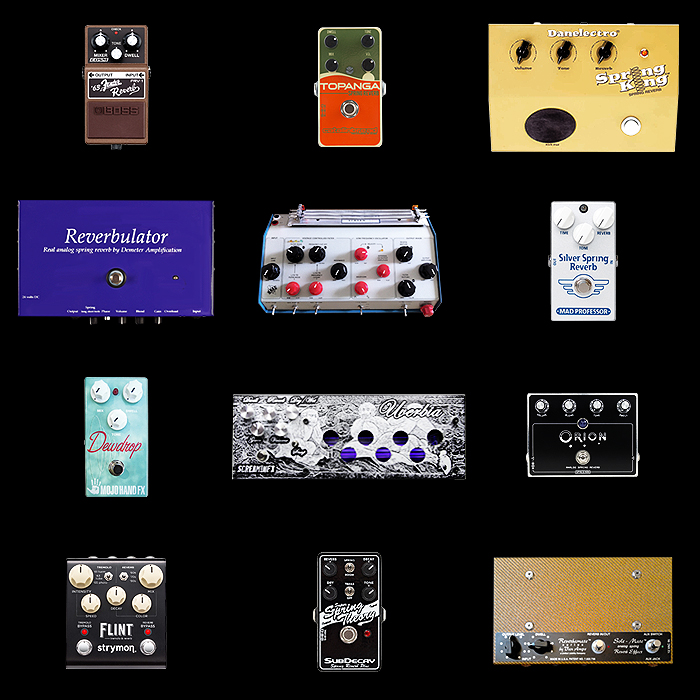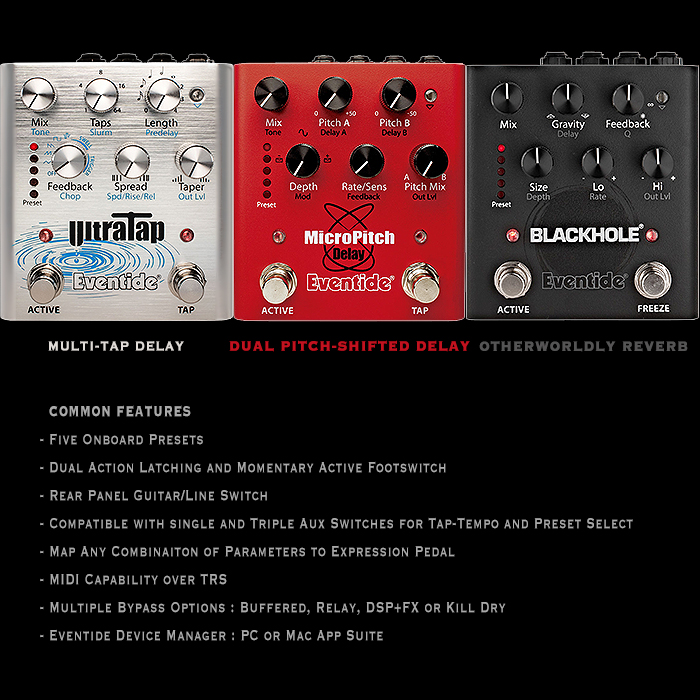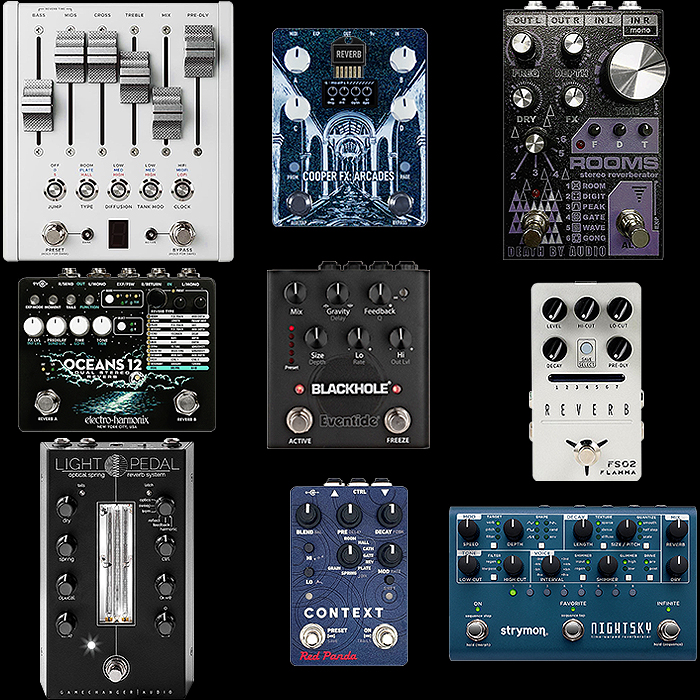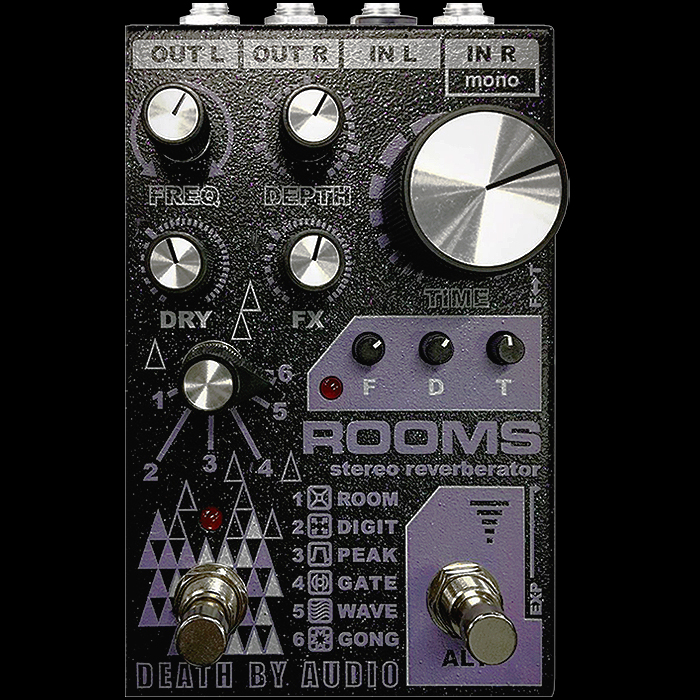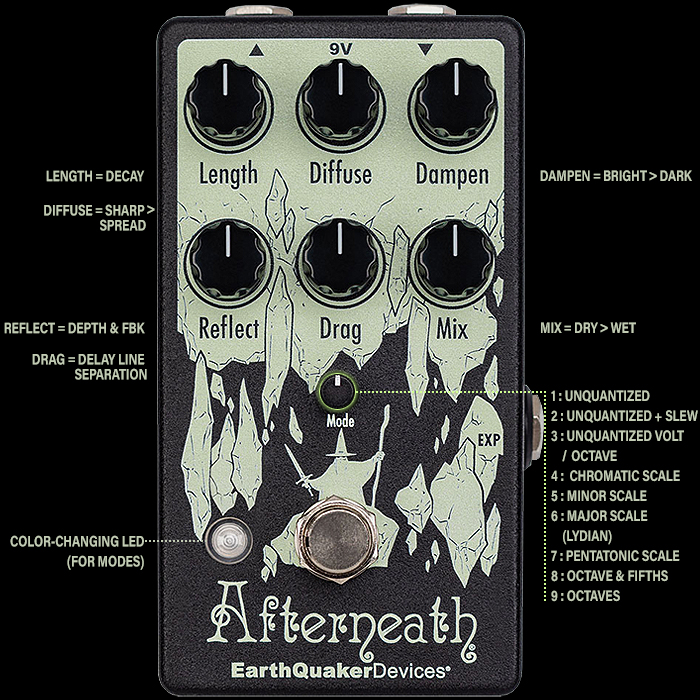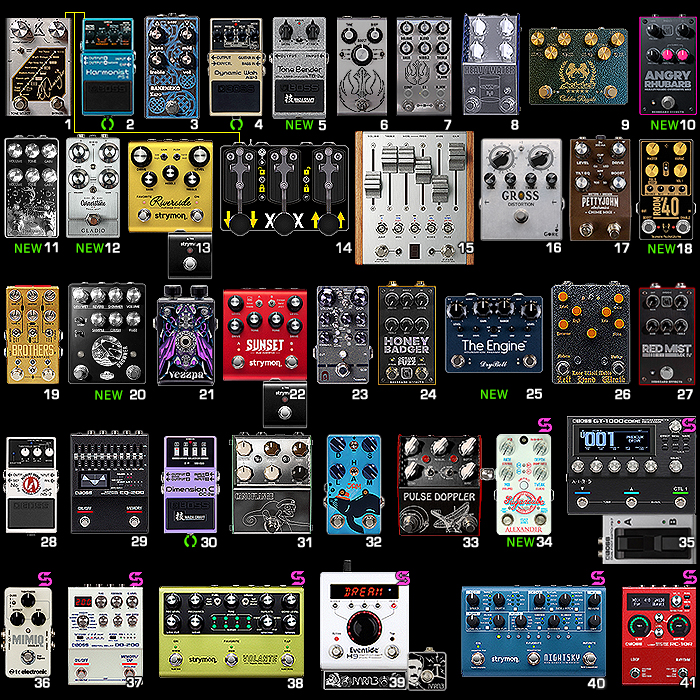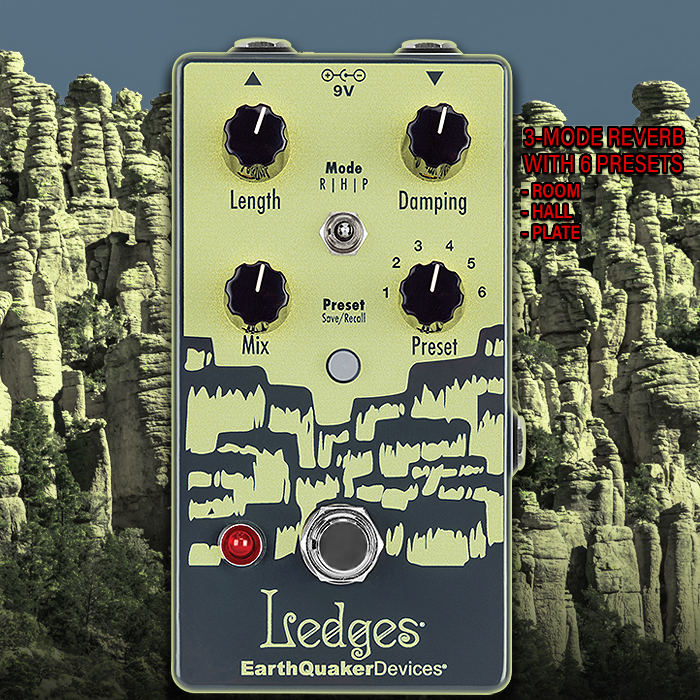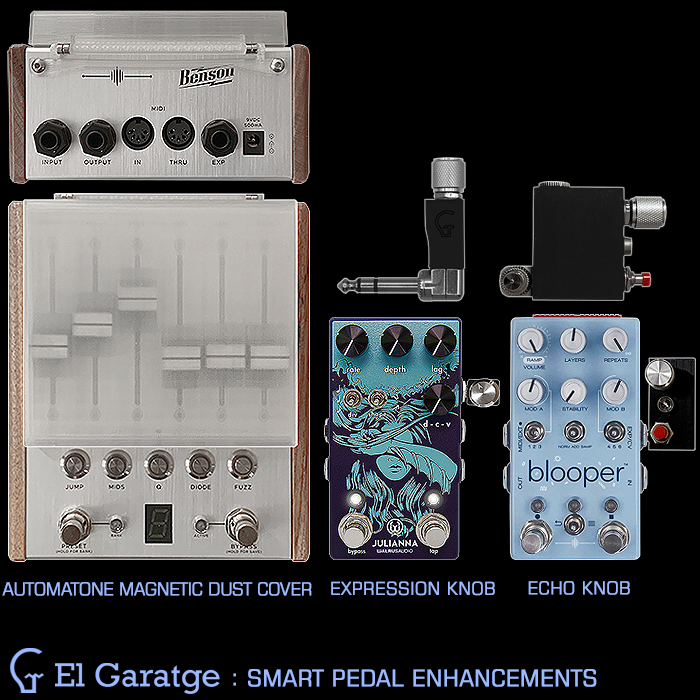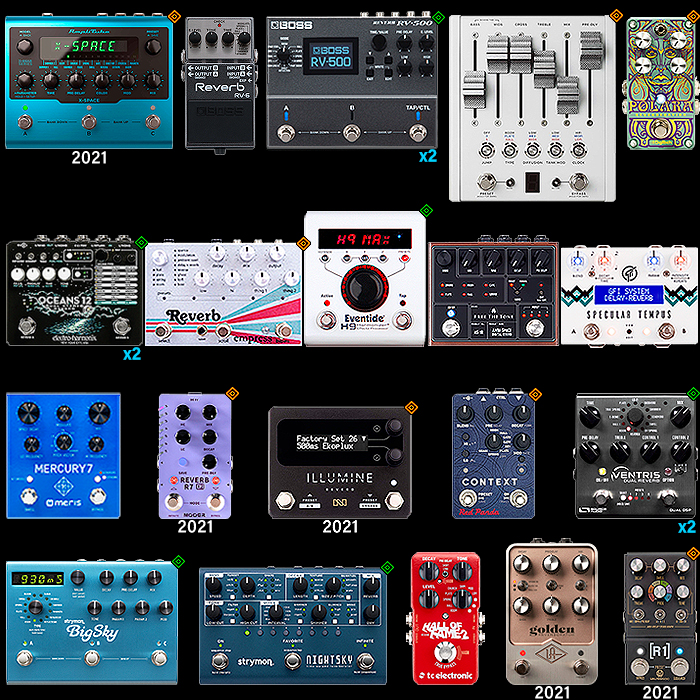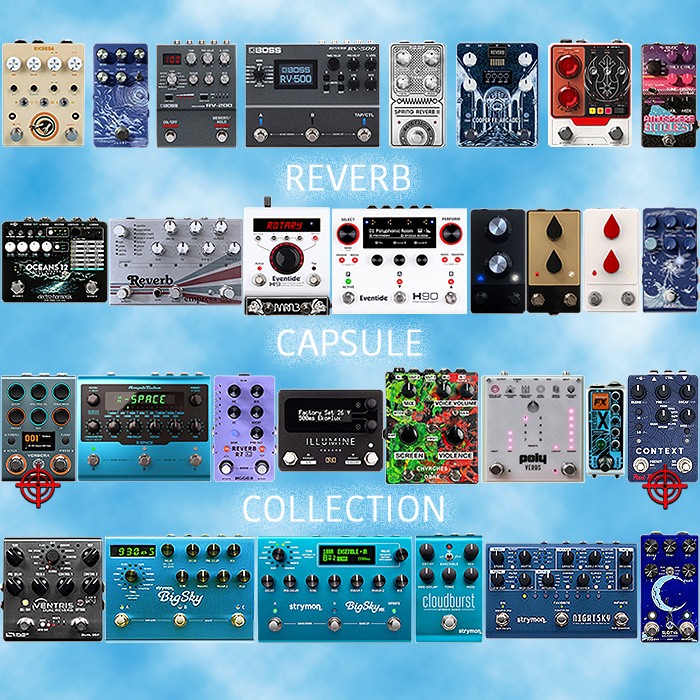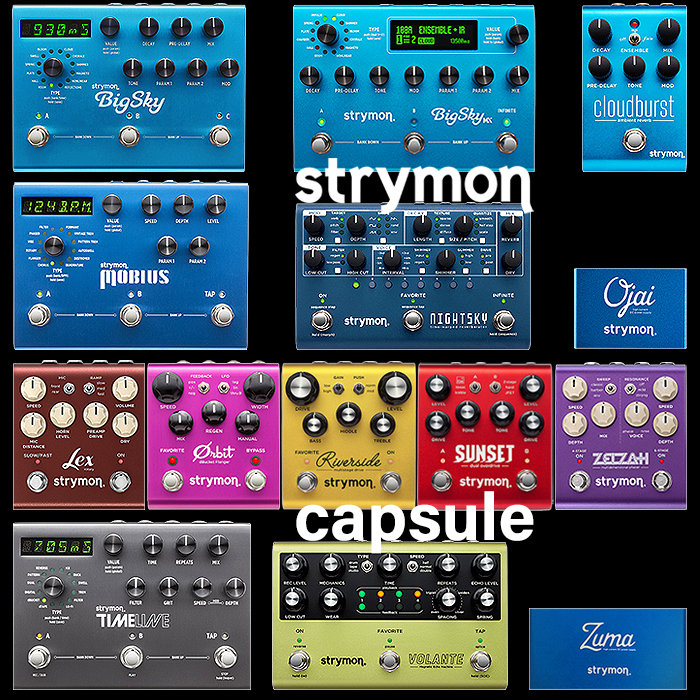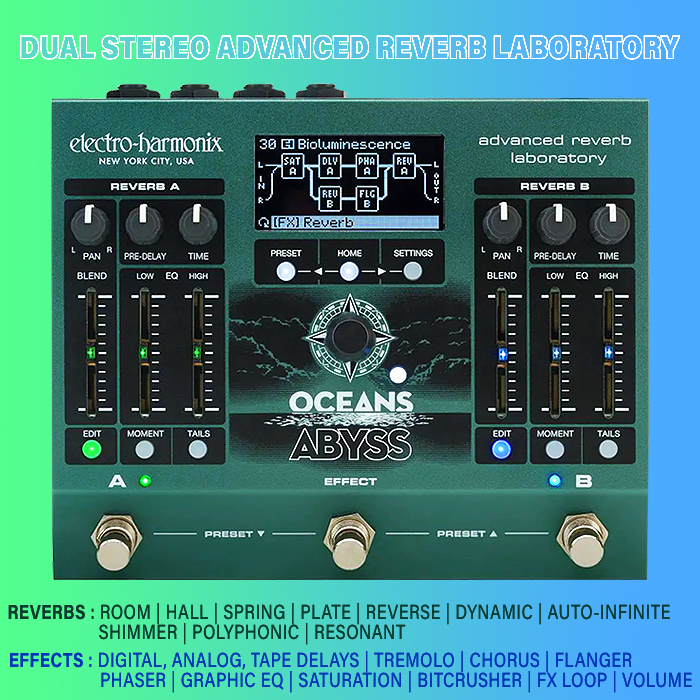The New Strymon NightSky Time-Warped Reverberator is a Revolutionary Twinkle Starred Sci-Fi Atmospheric Delight - with optional Reverb Tail Pattern Sequencer

OK - so it’s taken a little while to process this all, and I really did not think I would be in line for acquiring another Reverb this year - especially considering how many formidable releases there have been in this genre in the last few months - and with the looming introduction of the Chase Bliss Audio / Meris Automatone CXM 1978.
Early rumours pretty much indicated that it was going to be some sort of Reverb, and there were lots of nods to the Ursa Major Space Station SST-282 - but this is not that. I would imagine in fact that this would appeal to quite a different sort of player compared to the more universal / traditional / vanilla appeal of the Volante Magnetic / Tape Style Delay.
This is actually a full-on Sci-Fi Soundtrack Reverb - and where Meris’ Mercury 7 Reverb was/is a sort of homage to Blade Runner, the NightSky pretty much covers the whole Sci-Fi Cannon. For those thinking that this would be a saccharine shimmery confection - they are only very partially right, as everything here is optionable - you simply just turn down the Elements you don’t want to deploy.
The Starting point here is really in the Decay portion / block of the control topology where you select the Type of Reverb (Texture) and then its core properties. So if you just want to use the minimum number of controls here - it’s basically the Decay block plus the Mix and Tone blocks / elements (9 Controls!) - all else can be disabled - and there’s a lot going on here with a total potential 18 control elements at your fingertips.
So, as a bare minimum :
Decay Length is the magnitude or time for the Reverb tail to fade out.
Texture is the 3 core Reverb Types :
- Sparse = Granular-sounding reverb which uses a limited number of reflections to produce separated echoes when input is of a staccato / short and sharp nature, but otherwise renders as a smooth reverb ("individual reflections rattling around" when strings are struck hard)
- Dense = Fast response with multiple reflections - very similar in style to a Plate Reverb
- Diffuse = Multiple Diffusers employed to expand dynamic range of Reverb and create slow-building atmospheric Wash
Size / Pitch varies the Processor / Clock Rate - which impacts both on the Dynamics and Number of the Reflections and the nature of Decay Artefacts
Quantize sets the Range and Response for the Size / Pitch knob in 3 variations :
- Smooth = Size/Pitch varies smoothly and continuously over a 2.5 octave pitch range
- Half Step = Size/Pitch is quantized into half-step intervals over a two octave range
- Scale = Size/Pitch is quantized into selectable scales over a two octave range
The Next block along is the Mix controls - where you have separate Level / Output controls for Reverb and Dry signals - where noon is approximately unity and Dry adds up to +3dB when rotated fully clockwise. Obviously you can completely turn off the Dry signal by setting that knob fully CCW.
Finally in the minimal settings stakes - you typically need to tweak your Low and High Frequency response or Tone - where you have individual controls to temper each of those profiles, and a ’Filter’ type essentially in how you apply the frequency controls :
- Regen = Removes high frequencies from the regenerating core creating a reverb that gets progressively darker as it decays
- Low Pass = Applies a Synth-style peaking low-pass filter to the reverb output to selectively share the frequency content
So that’s really all you need to know by default!
You can then bring the Modulation into play - in terms of which part of the signal the Modulation targets and with what intensity and wave form - including random stepped shape and Envelope filtering. The Voice block contains the various Shimmer effects and controls - which you can select up and down the harmonic scale and how textured or twinkly those shimmery artefacts are.
Then there is another level of complexity where you can set Sequencer patterns for the Reverb tails / trails - which you can either step up manually via ON / Sequence Step footswitch, or else trigger the Favorite / Sequence Tap footswitch to step through the sequence automatically per tap-tempo input.
Who is the NightSky for?
This is definitely for your more adventurous players - and there's already a kind of ready-made audience for this consisting of all those who bought into the Sci-fi nature of the Meris Mercury 7 ($299/£299). In some ways the NigthSky ($429/£429) is that sort of concept / core idea on steroids! And while there do seem to be some Alternative knob functions here in places - I much prefer the more hands-on and intuitive side to this pedal's topology than all the concealed alternative settings on the Meris device/s.
I initially wasn't sure this would be for me - but I myself have been at the very point of acquiring a Mercury 7 on several occasions - it just never quite happened yet - and now this comes along and overcomes a lot of the niggles I had with that.
My reverb pedals to-date have been the Strymon BigSky, Boss RV-500, Source Audio Ventris, and currently EHX Oceans 12 - I fully retain and rotate all 4 still. I really fell into liking those slightly more complex, more richly detailed dual-simultaneous-channel reverbs that the RV-500, Ventris and Oceans 12 do so well. While at the same time I've always been intrigued by the Sci-fi sounds of the Meris Mercury 7. I am a huge Sci-Fi fan and love all the different swooshy, boomy, washy and twinkly textures that you experience throughout a Sci-Fi movie score and sound effects.
This is certainly not your everyday vanilla style of Reverb - although you can get very simple and elegant Reverbs out of this device to match that kind of usage - and in fact I will probably largely live more on that side of things than regularly programming new and interesting intricate sequenced reverb trails.
I keep coming back to the Mercury 7 reference and this being a more-so expansion on that kind of concept. I very much doubt this will have the same universal appeal as the Volante - the intuitiveness and elegance of that device is somewhat absent here through the sheer number of controls and the iterative nature of the Sequencer element.
Of course the immediate down-size for me is the relatively large form factor - and I will need to re-jig my pedal-chain setup somewhat to make it work - but I think it's doable! Also I'm slightly disappointed that Strymon seem to be using the same rubbishy clunky system of presets per the Volante - which was probably my main if not only criticism of that device - still my main delay pedal though!
So yes I will definitely be getting one of these - it may not fall within this calendar year - but we'll see how the rest of the autumn shapes up. I definitely like the idea of this more than the Automatone CXM 1978 - while I had been eyeing up one of those for a while. The Automatone still leads the way in practical usability - but it doesn't have anywhere near the range of this device. There is obviously some significant learning curve here - just in going thought all the different settings and getting properly acclimatise to those - before you get onto the more complex and evolved functions - but overall I feel I've got a fairly good understanding of it already. Apart from the clunky presets, my only other niggle here is those buttons, which I'm not quite sure about - overall concept and execution is really innovative and pretty great.
What say all of you?
NightSky Video References and Demos

